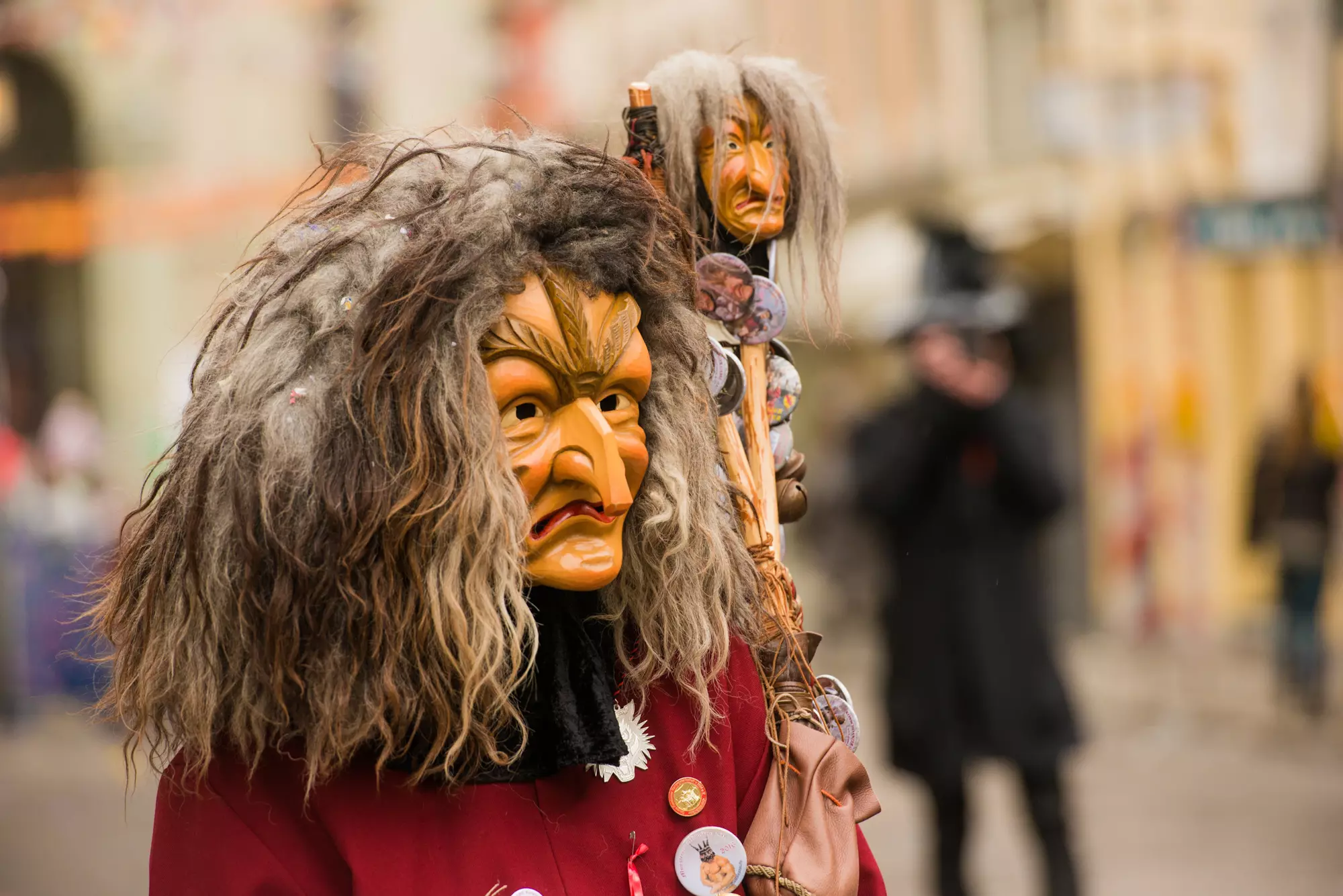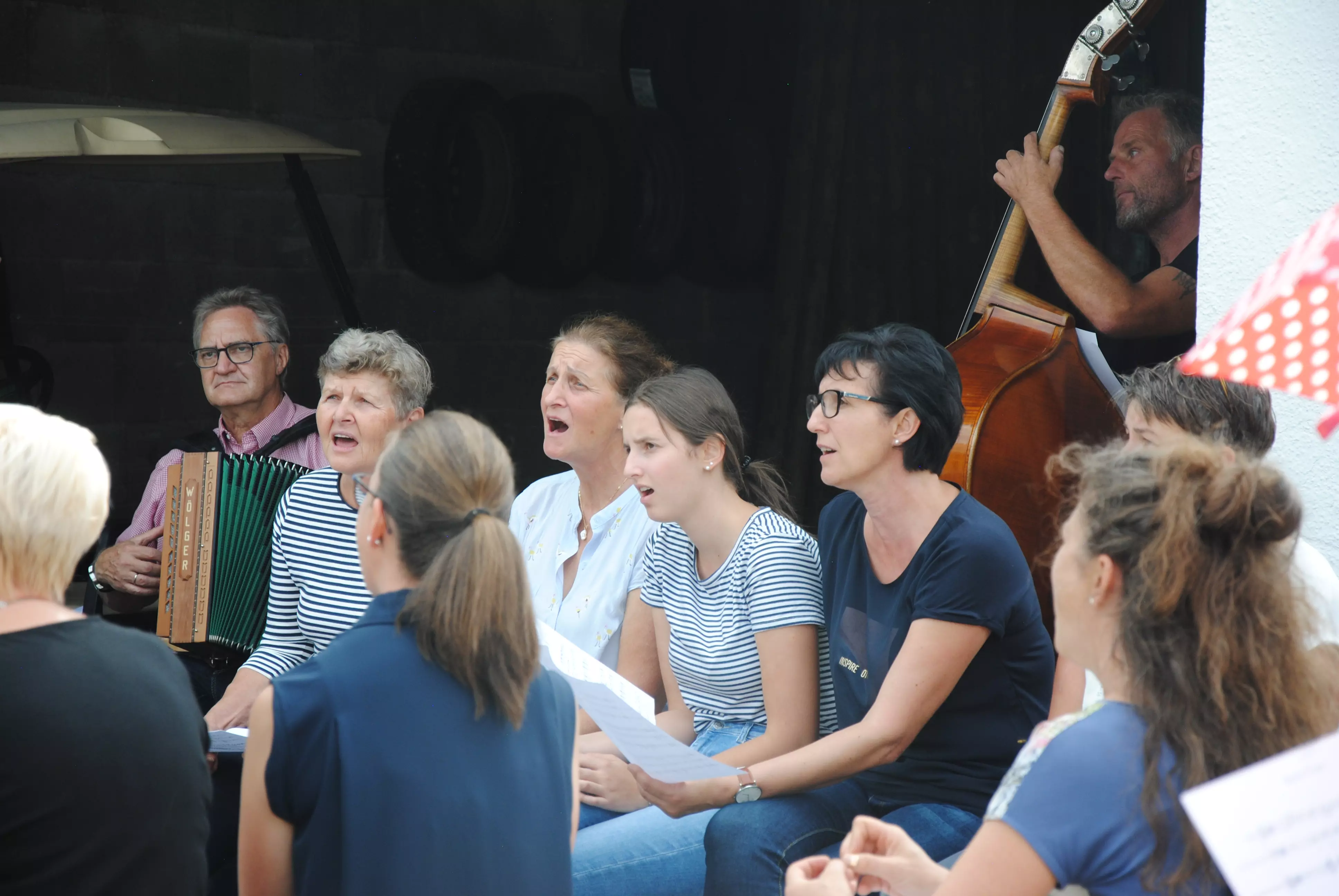IHB research project on the intangible heritage of the Lake Constance region
The research project investigated the living traditions that lie within the area of conflict between mobility, immobility and social change, placing a focus on the bearers of this heritage. The project results can be accessed in the form of interactive and multimedia story maps. Quotes, videos, audio recordings and images provide exciting insights into four stories of customs in the Lake Constance region.
The intangible heritage of the Lake Constance region is diverse. The region’s cultivated customs also have deep roots in the European consciousness and are increasingly understood at a publicly visible level as a sociopolitical field of action. Traditional practices and forms of knowledge are closely tied to institutions and locations and are supported by different bearers of this heritage. Traditional knowledge and practices contribute to both the preservation and use of local resources in dealing with fellow human beings and the environment and serve to shape manners and community activities as well as the region’s specific aura. At the same time, mobility dynamics such as tourism, immigration and emigration as well as demographic and social change are altering the intangible heritage. For both individuals and groups, the cultivation of customs is a dynamic and open process. Customs are constantly evolving and renewing themselves through creative transmission.
It is this dynamic in the area of conflict between mobility and immobility that formed the starting point of the research project: How do immobile bearers of cultural heritage deal with the impact of (hyper-)mobility? Does mobility per se represent a challenge for intangible cultural heritage? How does the conflict between immobility and mobility take shape? How is heritage passed on? What options for exerting control are available to the stakeholders? The study primarily focused on the perspective of the bearers of cultural heritage, placing a particular emphasis on the decisions made with respect to mobility and immobility and their world of thought. The research project built on this starting point and the questions outlined above and developed explanatory models in cooperation with regional stakeholders.
Four case studies carried out in the Lake Constance region between 2020 and 2021 demonstrate the diversity of the modalities of mobility and immobility found in the local or regional cultivation of customs. They reveal that “immobility” and “mobility” are not opposites, but rather aspects of participation, the use of space and the cultivation of identity that occur together. People, attitudes, images and ideas – ultimately culture itself – are mobile. At the same time, the key factor for many individuals is the individual and communal experience alongside the importance of the place and group. Contrary to the common perception, the cultivation of customs always remains an open process that “seizes” people as individuals and provides groups with an occasion to reassure themselves and try out new things in the name of the past.
With its investigation focussed on the bearers of cultural heritage as experts, the IMMOERBO research project brings a perspective that was previously scantly considered into the current cultural policy discourse and thus a little known dimension of customary practices as a creative playground and a participatory community space. This finding, which is generated from current knowledge and goes beyond the cultural dimension made visible or audible during the performance of customs, shows that structurally and socio-politically relevant strategies for participation (constitution of “communities through practice”), governance and contemporary creative transmission can emerge from the practical knowledge of the bearers of heritage.
Would you like to find out more about our results?
In terms of content, cooperation for the creation of cartographic story maps took place as part of the IBH-funded research project “Cultural Mapping 4.0” (project lead: Prof. Patrick Laube) and mutual synergies were utilised. Thanks to this new option for the interactive, visual transfer of knowledge, it is also possible to make the research results accessible to the general public.
Visit IMMOERBO - four stories of customs in the Lake Constance region (in German) and navigate through the interactive and multimedia story maps to find out more about the key project findings.
Overview of the four case studies:
- Silvesterchlausen in Urnäsch (a New Year's tradition that is celebrated in Appenzell)
- Carnival in Constance
- Singing (as a social practice) in the Bregenz Forest
- The bonfires north of Lake Constance
Due to the wealth of quotes, photographic material and interactive visualisations, the story maps were prepared for various user groups that go beyond the scientific community. In addition, the final project report is also intended for public consumption and is available online.
The research project thus contributes to a deeper understanding of intangible heritage, cultural identity and the management of sustainable regional development, allowing stakeholders to strengthen their networking and learn from one another. Two academic publications are planned as part of the research project. An empirically based and theoretically reflected study lends greater weight to the academic output as well as the project findings geared towards cultural management.
The IMMOERBO research project was supported by the International Association of Lake Constance Universities (IBH) between 2020 and 2021.
The organisations responsible for the project comprised the ZHAW Center for Arts Management (project lead: Dr Leticia Labaronne), the HTWG Konstanz - University of Applied Sciences, the Zurich University of the Arts (ZHdK) and the Vorarlberg State Conservatory (VLK).



